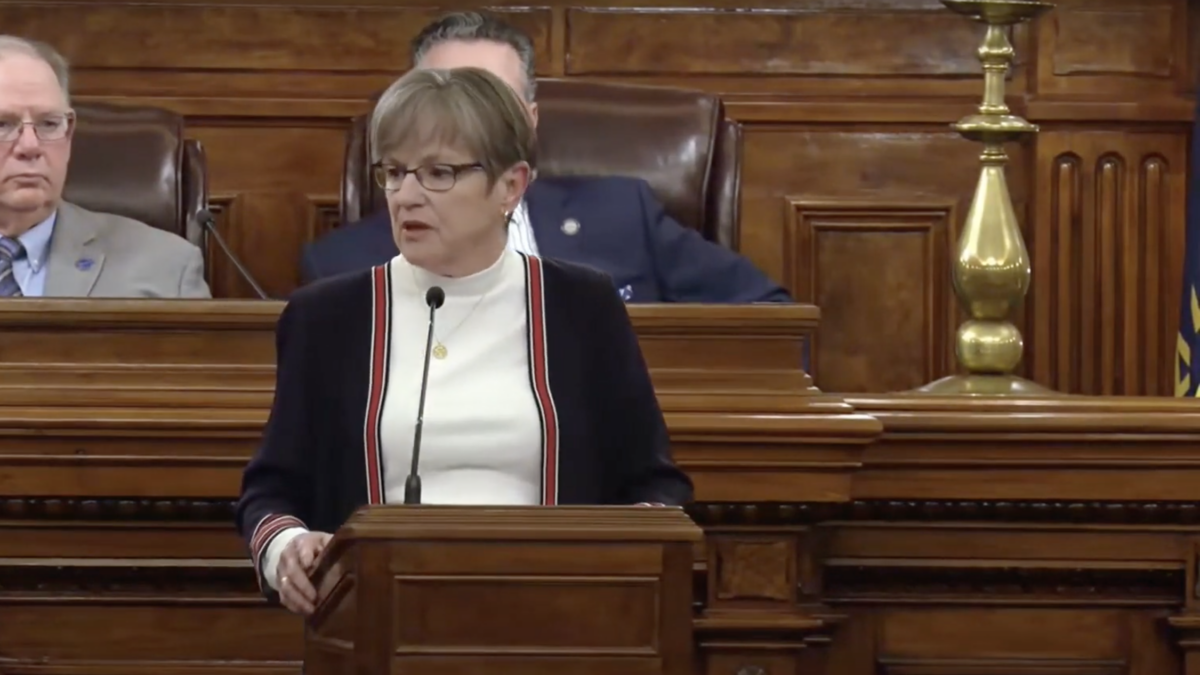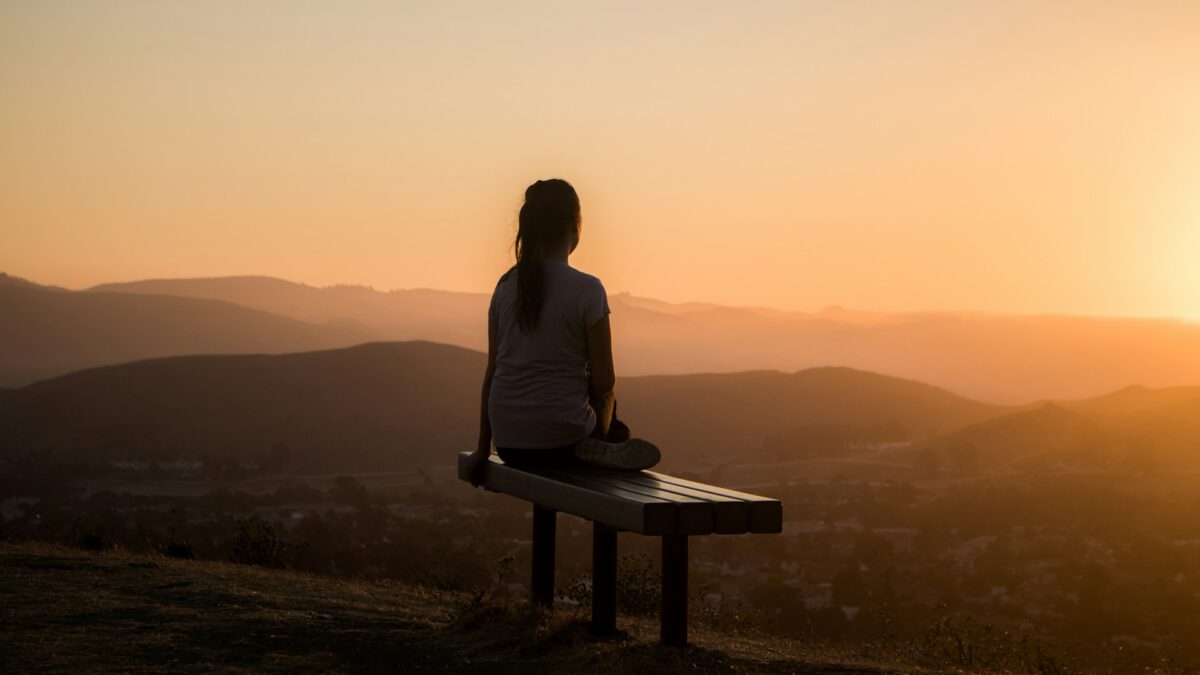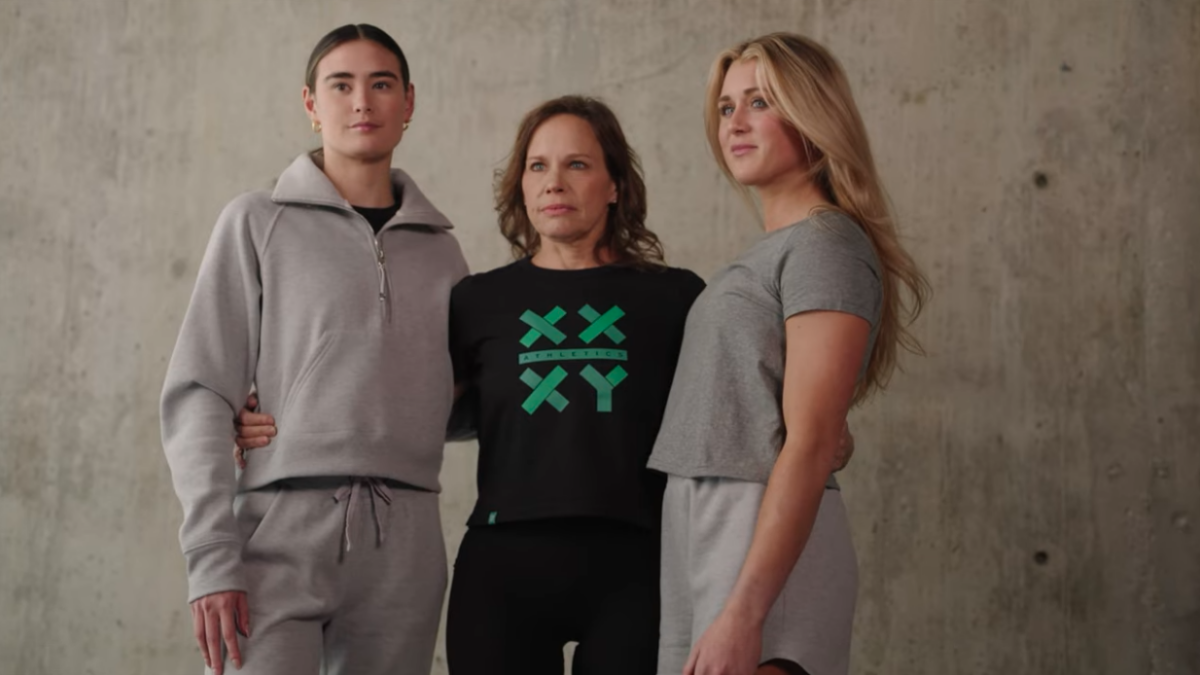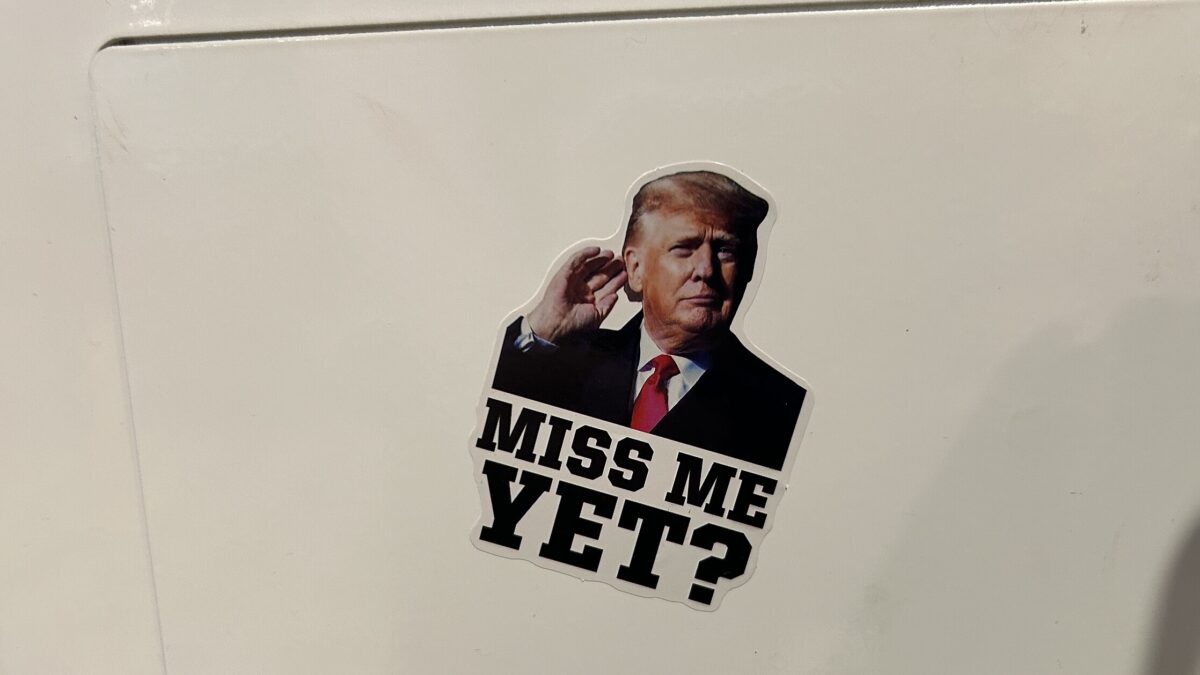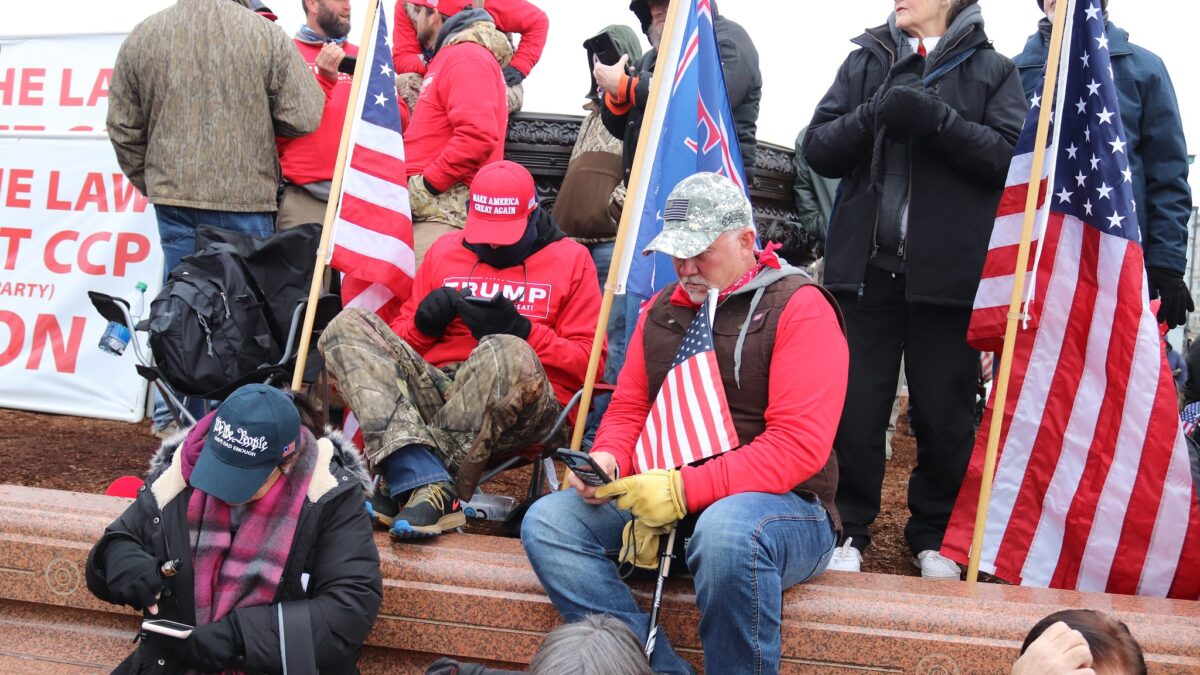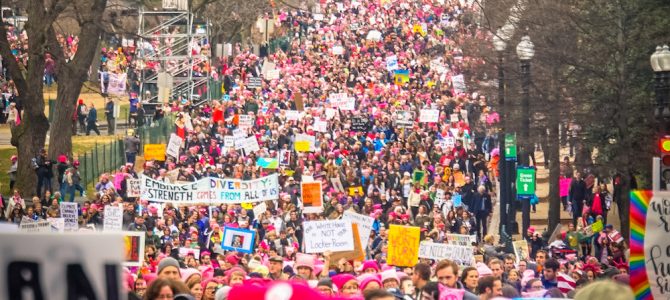
The eyes of the world have been on Washington, D.C. recently. A new administration stepped into the White House on January 20, 2017, and we all watched in various shades of happiness and horror as Donald Trump was sworn in as president. Millions of women joined the Women’s March the next day, protesting on the streets of Washington and at sister events across the country. Then on Friday, January 27, the March for Life spread across the National Mall, with satellite marches in cities across the U.S. as well.
Women and men from all over the country came in droves to both marches. Energized by their favorite issues, they found plenty of likeminded folks who helped make their voices heard. They carried their signs. They chanted their slogans. They walked the march route en masse.
But what happens after the crowds disperse, marchers put their signs away, and everyone goes home? These large gatherings attract attention and get people buzzing. But once the news cycle runs its course, few people other than the participants think about it again. The momentum quickly dies as everyone moves on to the next thing.
We Need to Look Homeward, Not to Washington
Those who want to make a lasting impact should look to the local level. Many different issues inspired millions of people to join the marches last week. But now they should seek out organizations in their local communities, who work on the issues that are important to them. That is how to make lasting change.
From the earliest days of the Suffragettes, to the Million Mom March in 2000, large organized marches have a long history in the women’s movement. They all raise awareness, but I am not convinced they bring about lasting change themselves. That work happens in local communities.
The recent election shined a stark spotlight on the many differences in our country—not just the urban vs. rural divide, but divisions across race, gender, socioeconomic status, and education level. We are a nation of vast differences in both geography and culture. While this can be a strength, it makes solving our stickiest problems almost impossible when Washington tries to impose one-size-fits-all solutions at the national level. We need precision tools, not blunt force instruments.
Change Happens From the Ground Uip
Solutions work best when crafted at the community level—close to the problems they are meant to solve. Every community is unique, and solutions that work well in New York City will not necessarily work as well in Casper, Wyoming. Big top-down programs, like those we saw in the early and mid-20th century, made more sense during the post-war decades when our communities were much more homogeneous. In the diverse and dispersed American society of the 21st Century, this big government thinking does not work as well.
In “The Fractured Republic,” Yuval Levin challenges us to find “a way of thinking about solving problems together that begins in the neighborhood, in the church, in the school, in the community, and builds up.” Solutions come from the bottom up, not the top down. This is how we can effect lasting change.
To make this happen, we must let go of politics and be open to working together on issues where we have common ground.
How Can We Work Together, Despite Our Differences?
Although billed as a unity event, the Women’s March on Washington was clearly aimed at the interests of women on the left. Many conservative women felt left out, though they had their turn with the March for Life a week later.
It took two separate marches to represent the diverse viewpoints of American women. While a testament to the divisiveness of our politics, the two marches demonstrated the passion and commitment of women across the political spectrum. Politically charged issues like abortion and gun control will always separate the right and the left. But both sides might discover many shared interests if they took the time to find them.
The Women’s March on Washington and March for Life participants can find common ground in community involvement. We can create a spirit of unity by working toward solutions in our own local communities. By agreeing to disagree on the issues that divide us, we will find the vast space in the middle, where we can work together to make constructive progress. As important as it is to speak out about injustice, it is more important to work toward change.
Don’t Just Protest—Work Toward Change
Many outstanding civic groups, churches, and nonprofits are working in communities across the country on issues that affect women. Find the one that matches your passion and volunteer to help.
If anti-poverty initiatives interest you, volunteer at a food bank or mentor young women to encourage them to stay in school. If you want to narrow the wage gap, get involved in working with jobs programs to help women learn a skill in the trades or encourage girls to embrace STEM disciplines. Raise funds for your local domestic violence shelter or get involved with organizations helping human trafficking victims recover their lives.
Don’t just organize marches and rallies. Learn how to be an advocate, and engage one-on-one with state and local leaders. If you are passionate about policy, run for office. If you are pro-life, support the crisis pregnancy centers near you to help women in distress choose life. Don’t just speak your mind; use your talents to make real change. We don’t all have to agree on everything, but we can all work together to find solutions.
We have made our voices heard. Now let’s roll up our sleeves and get to work.


